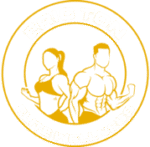Custom Luxury Modern Homes
Cherry Custom Homes Charlotte North Carolina
Cherry: A Historic and Evolving Neighborhood in Charlotte, North Carolina
Cherry is one of Charlotte, North Carolina’s most historic neighborhoods, located just southeast of Uptown Charlotte. Renowned for its deep cultural roots, proximity to the city’s urban core, and ongoing revitalization, Cherry offers a unique blend of tradition and modernity. Its rich history, central location, and evolving real estate market make it a fascinating area to explore and a desirable place to live.
A Historical Overview
Cherry has a rich history dating back to the late 19th century. It is one of Charlotte’s oldest African-American neighborhoods, established in the 1890s by John Myers, a prominent local developer and philanthropist. Myers envisioned Cherry as a residential community for African-American families during the era of segregation. The neighborhood was strategically located near wealthy white neighborhoods such as Myers Park, and its residents often worked as domestics or gardeners for these households.
Cherry was notable for its strong sense of community, with schools, churches, and businesses that served the local population. Despite challenges such as redlining and urban renewal initiatives in the mid-20th century that led to displacement and neglect, Cherry has maintained its cultural significance. In recent years, revitalization efforts have brought new energy to the area while sparking conversations about preserving its historical identity.
Location and Accessibility
Cherry’s location is one of its most attractive features. Situated just southeast of Uptown Charlotte, the neighborhood offers unparalleled convenience for residents. Its borders are defined by major streets such as South Kings Drive, East 3rd Street, and Queens Road. This proximity to Uptown makes Cherry an ideal location for professionals working in the city’s financial and business districts.
The neighborhood’s walkability and access to public transit enhance its appeal. Residents can easily walk or bike to Uptown, the Little Sugar Creek Greenway, and nearby shopping and dining hubs such as the Metropolitan. Cherry’s location also provides quick access to major highways like I-277 and US-74, ensuring easy connectivity to other parts of Charlotte and beyond.
Residential Appeal
Cherry offers a mix of historic homes, modern townhomes, and new developments, reflecting the neighborhood’s evolution. Many of the original houses are modest bungalows and cottages built in the early 20th century. These homes often feature charming architectural details such as front porches, hardwood floors, and brick exteriors. Preservation efforts by the community and local organizations have helped maintain the character of these historic residences.
In recent years, the neighborhood has seen an influx of new construction, including luxury townhomes and contemporary single-family houses. These developments cater to a growing demand from young professionals and families attracted to Cherry’s location and vibrant atmosphere. While the modernization has raised property values and improved infrastructure, it has also sparked concerns about gentrification and the displacement of long-time residents.
Community and Lifestyle
Cherry retains a strong sense of community, thanks in part to its historical roots and the active involvement of residents. The neighborhood is home to several long-standing institutions that serve as anchors for the community:
- Prince of Peace Lutheran Church: A historic church that has been a cornerstone of Cherry for decades.
- Cherry Community Park: A gathering space for residents, featuring a playground, picnic areas, and open green spaces for recreation.
- Cherry Community Organization: A local group dedicated to preserving the neighborhood’s history and advocating for its residents.
Events such as neighborhood clean-ups, holiday celebrations, and community meetings help foster a sense of belonging among Cherry’s residents.
Schools and Education
Cherry is served by Charlotte-Mecklenburg Schools (CMS), with access to several public and private educational institutions nearby. Notable schools include:
- Eastover Elementary School: Known for its strong academic programs and engaged parent community.
- Sedgefield Middle School: Offers a variety of extracurricular activities and academic enrichment opportunities.
- Myers Park High School: A top-rated high school with advanced placement programs, athletic achievements, and a rich tradition of excellence.
In addition to public schools, Cherry residents have access to private institutions such as Trinity Episcopal School and Charlotte Country Day School, providing families with diverse educational options.
Parks and Recreation
Cherry boasts excellent access to parks and recreational facilities, making it an attractive neighborhood for outdoor enthusiasts. The nearby Little Sugar Creek Greenway is one of the most popular attractions, offering miles of trails for walking, running, and cycling. This scenic greenway connects Cherry to other parts of the city, including Freedom Park and the Metropolitan.
Cherry Community Park, located within the neighborhood, is a smaller but cherished space where residents gather for outdoor activities and social events. Its shaded areas and playground equipment make it a family-friendly destination.
The neighborhood’s close proximity to Independence Park, one of Charlotte’s oldest parks, provides additional recreational opportunities. With sports fields, walking trails, and open spaces, Independence Park is a favorite spot for exercise and relaxation.
Dining and Shopping
Cherry’s location near Uptown and the Metropolitan ensures residents have access to some of the best dining and shopping in Charlotte. Popular nearby destinations include:
- The Metropolitan: A mixed-use development featuring retailers like Trader Joe’s and Target, as well as restaurants like Vivace and Dressler’s.
- Central Avenue and Plaza Midwood: Known for their eclectic mix of local eateries, coffee shops, and boutiques.
- South End: A trendy district with craft breweries, art galleries, and upscale dining options.
For casual dining, Cherry residents enjoy neighborhood favorites like Burger Company and Mama Ricotta’s, both offering comfort food in relaxed settings.
Arts, Culture, and Entertainment
Cherry’s central location makes it easy for residents to access Charlotte’s vibrant arts and cultural scene. Uptown Charlotte, just minutes away, is home to major attractions such as:
- The Mint Museum Uptown: Showcasing a world-class collection of art and design.
- Blumenthal Performing Arts Center: Hosting Broadway shows, concerts, and other live performances.
- Discovery Place Science: A hands-on science museum for all ages.
Additionally, Cherry’s proximity to Plaza Midwood and NoDa (North Davidson) provides access to a thriving local arts scene, with galleries, music venues, and street art contributing to the city’s creative culture.
Transportation and Connectivity
Cherry’s location ensures excellent connectivity for residents, whether they prefer to drive, bike, or use public transit. The Charlotte Area Transit System (CATS) operates bus routes through the neighborhood, and the nearby Lynx Blue Line light rail provides a convenient option for reaching destinations across the city.
For those who prefer walking or cycling, Cherry’s proximity to the Little Sugar Creek Greenway and pedestrian-friendly streets makes getting around easy and enjoyable.
Challenges and Future Growth
While Cherry has undergone significant revitalization in recent years, the neighborhood faces challenges related to gentrification. Rising property values and new developments have displaced some long-time residents, raising concerns about maintaining the community’s historical identity and affordability.
Efforts by local organizations and residents to preserve Cherry’s heritage and advocate for affordable housing are ongoing. Initiatives such as the restoration of historic homes and the promotion of inclusive development aim to ensure that Cherry remains a diverse and welcoming community.
Conclusion
Cherry is a neighborhood that embodies the essence of Charlotte’s growth and transformation. Its rich history, central location, and blend of historic charm and modern development make it a unique and desirable place to live. Whether you’re drawn to its walkable streets, access to green spaces, or vibrant community spirit, Cherry offers something for everyone.
As the neighborhood continues to evolve, preserving its cultural heritage while embracing new opportunities will be key to its future success. For those seeking a dynamic and historically significant place to call home, Cherry remains a shining example of Charlotte’s past, present, and future.
Client Consultation and Vision Development
- Meet with clients to understand their lifestyle, preferences, and vision for their dream home.
- Offer expert guidance on design choices, materials, and layout to align with the client’s goals.
- Provide an overview of the custom home building process, timeline, and budget expectations.
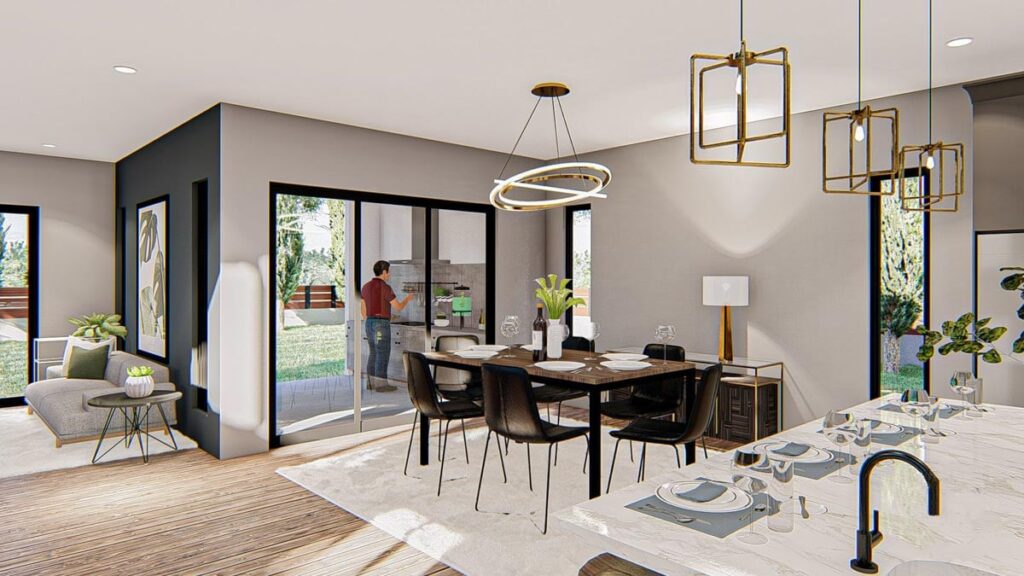
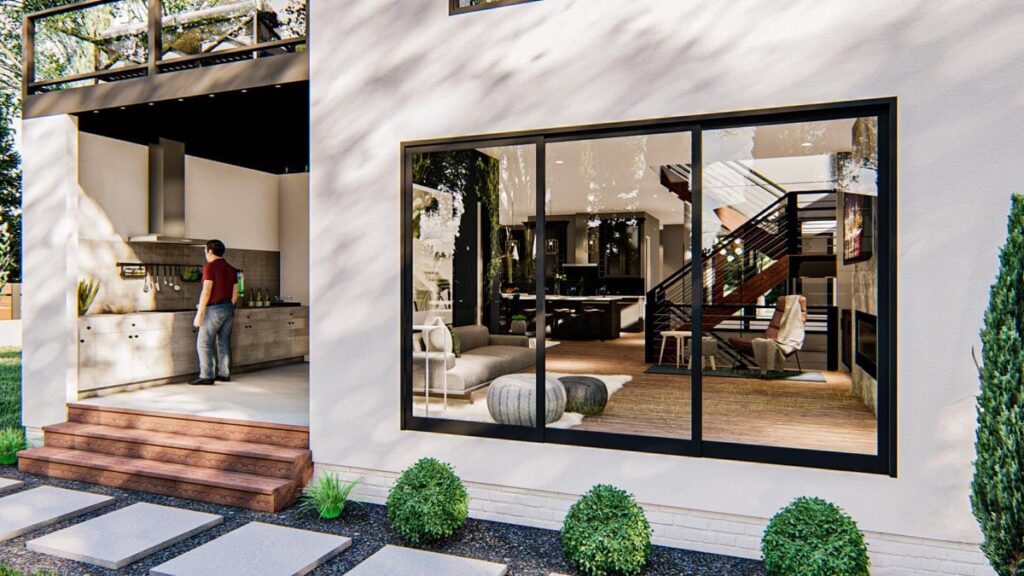
Site Selection and Evaluation
- Assist clients in selecting the perfect lot for their home, considering location, views, and surroundings.
- Evaluate the site’s topography, soil, and environmental factors to ensure feasibility.
- Address zoning laws, setbacks, and other local regulations.

Project Design and Planning
- Collaborate with top architects, designers, and urban planners to create unique, innovative designs.
- Ensure projects are aligned with luxury standards, including sustainability and cutting-edge features.
- Obtain necessary permits and approvals from local governments and agencies.
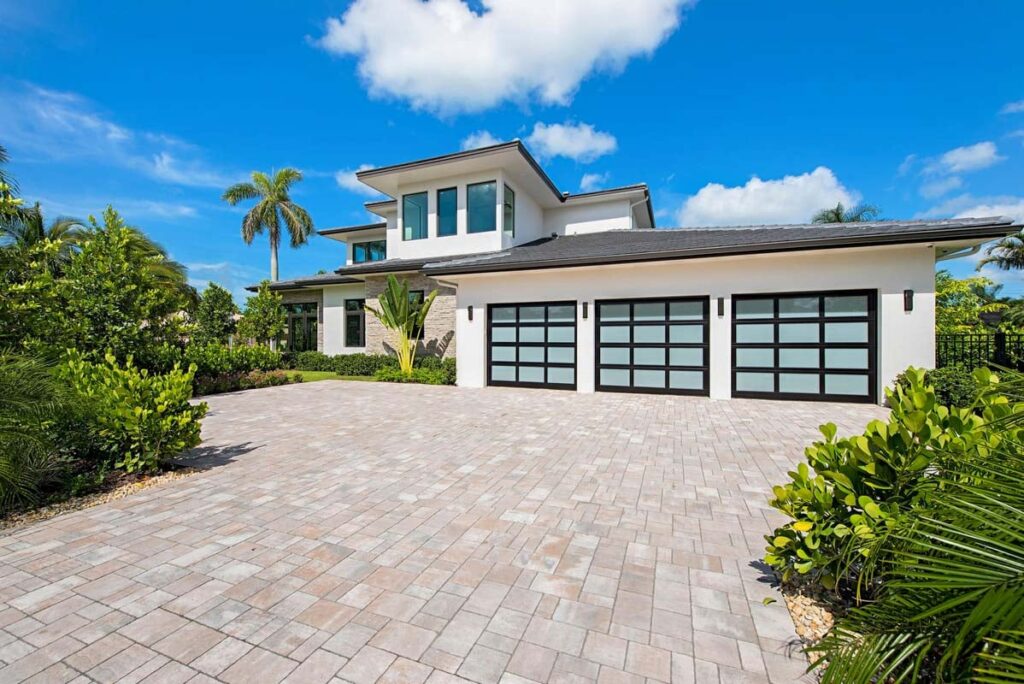
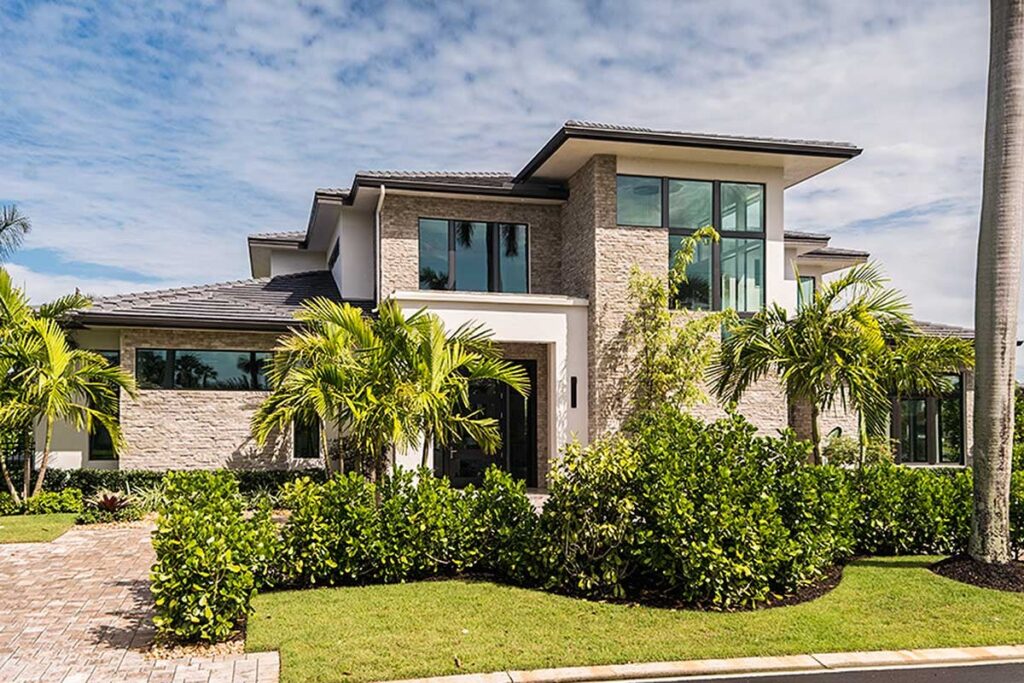
Budgeting and Cost Estimation
- Develop a detailed budget, including labor, materials, and contingency plans.
- Provide transparent cost breakdowns and manage financial expectations.
- Suggest alternatives to maintain quality while optimizing costs.

Project Design and Planning
- Develop a detailed budget, including labor, materials, and contingency plans.
- Provide transparent cost breakdowns and manage financial expectations.
- Suggest alternatives to maintain quality while optimizing costs.


Permitting and Legal Compliance
- Obtain necessary building permits and approvals from local authorities.
- Ensure compliance with building codes, safety standards, and environmental regulations.
- Handle all paperwork related to construction, inspections, and legalities.

Material Selection and Procurement
- Source premium materials, finishes, and fixtures from trusted suppliers.
- Present clients with options for flooring, countertops, cabinetry, lighting, and more.
- Ensure all materials meet luxury standards and align with the overall design vision.
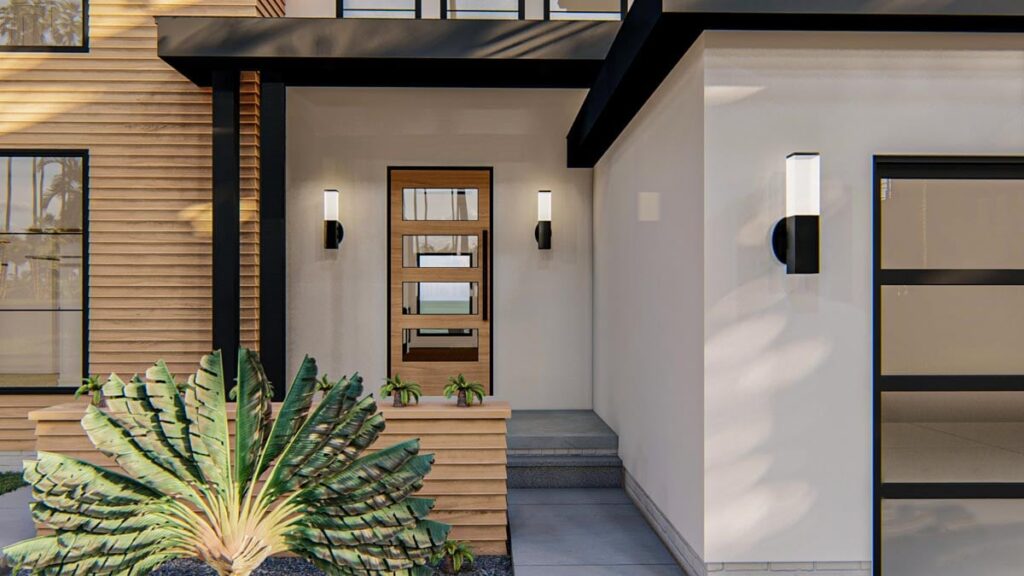
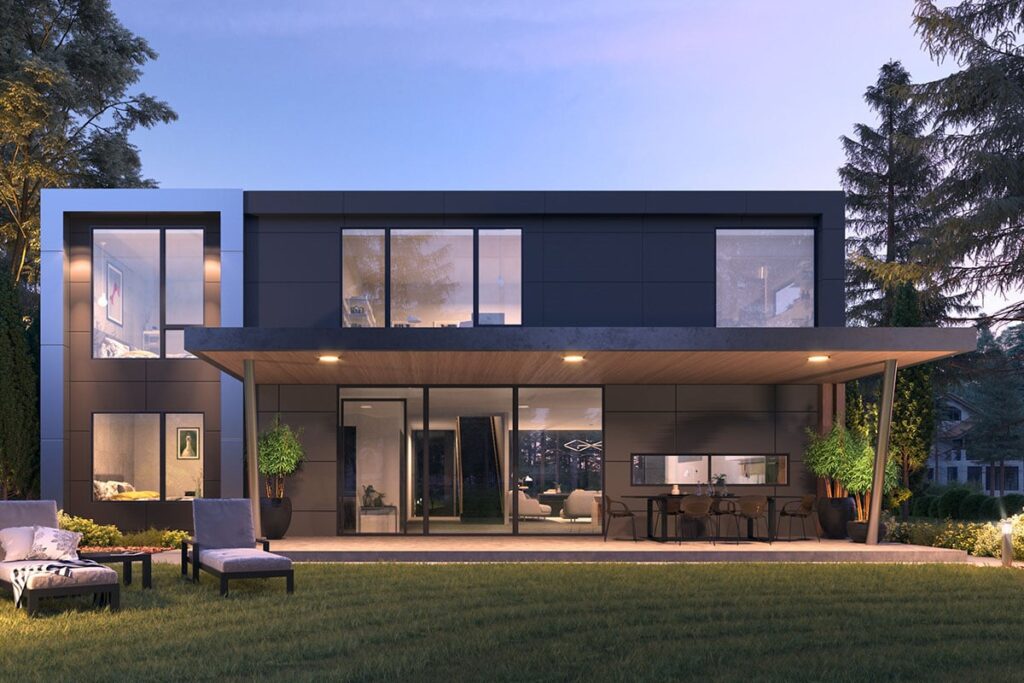
Construction Management
- Oversee all phases of construction, from site preparation to final finishing touches.
- Hire and coordinate subcontractors, including electricians, plumbers, and painters.
- Ensure projects stay on schedule and within budget while maintaining the highest standards of craftsmanship.

Quality Control and Inspections
- Conduct regular site visits to monitor progress and address issues proactively.
- Schedule and oversee inspections to ensure work meets or exceeds industry standards.
- Focus on details, such as seamless finishes, precision in installation, and structural integrity.
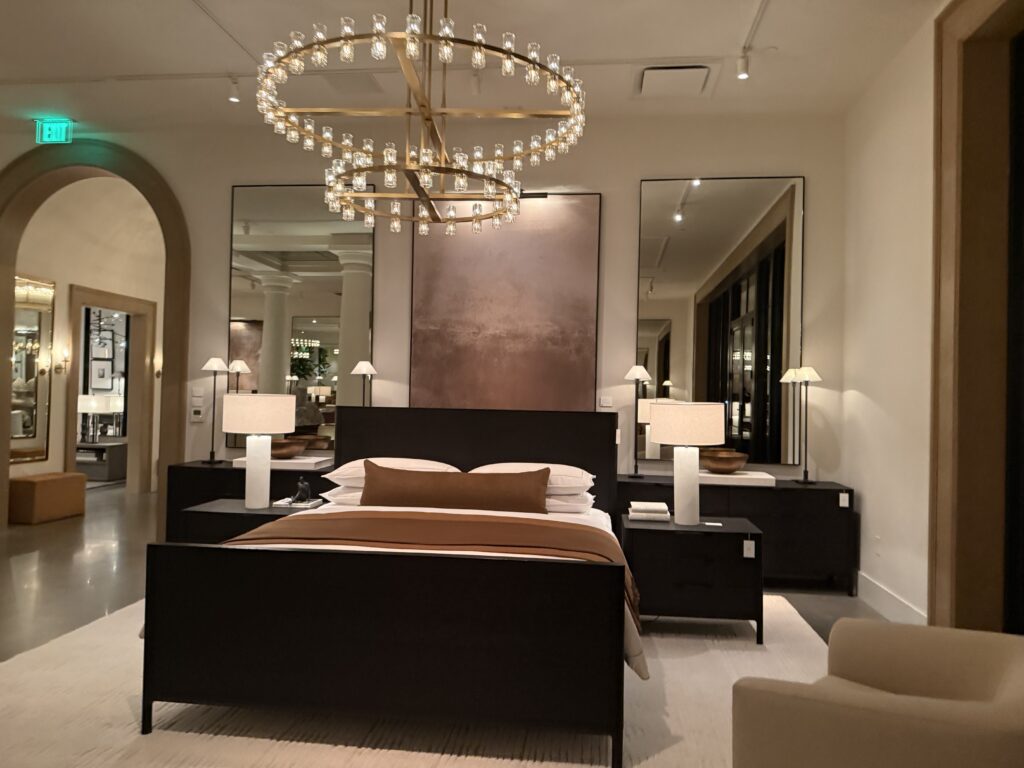
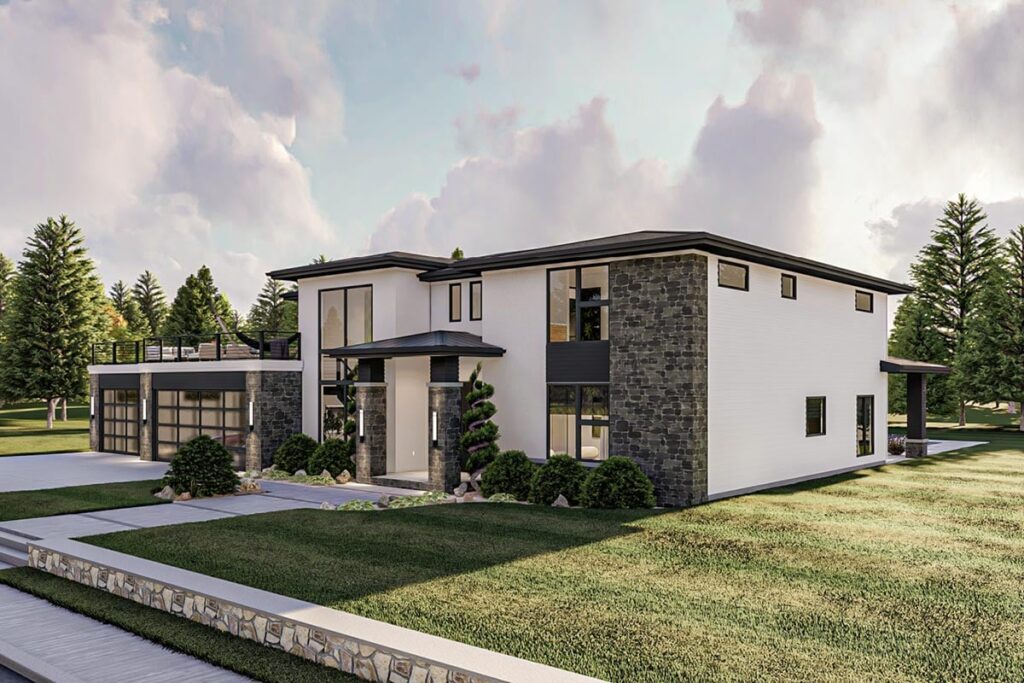
Customization and Personalization
- Incorporate bespoke features like wine cellars, home theaters, gourmet kitchens, or spa-like bathrooms.
- Integrate cutting-edge technology, such as smart home systems, automated lighting, and security systems.
- Adapt plans during construction to accommodate client requests or changing preferences.

Luxury Amenities and Sustainability
- Incorporate luxury amenities such as infinity pools, custom landscaping, or private gyms.
- Use sustainable building practices and eco-friendly materials.
- Offer energy-efficient solutions, such as solar panels, geothermal systems, and high-performance insulation.
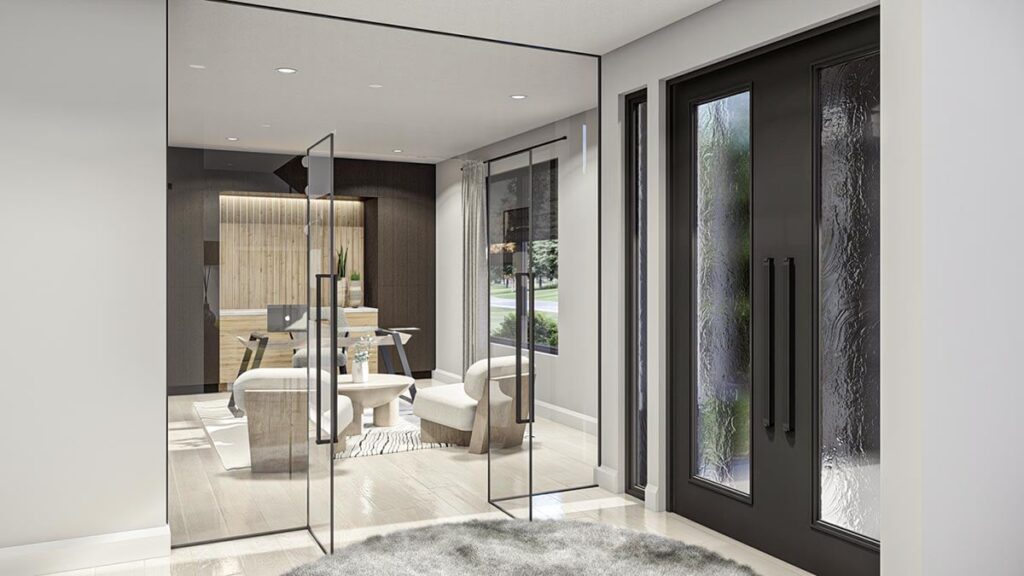

Client Communication and Updates
- Maintain open lines of communication with clients throughout the building process.
- Provide regular updates on construction progress, challenges, and milestones.
- Use project management tools or apps for real-time collaboration and transparency.

Interior Design and Finishing
- Work with interior designers to curate furniture, decor, and art that complements the home’s design.
- Coordinate the installation of custom cabinetry, built-ins, and specialty features.
- Ensure that every detail, from paint colors to light fixtures, reflects the client’s taste and vision.
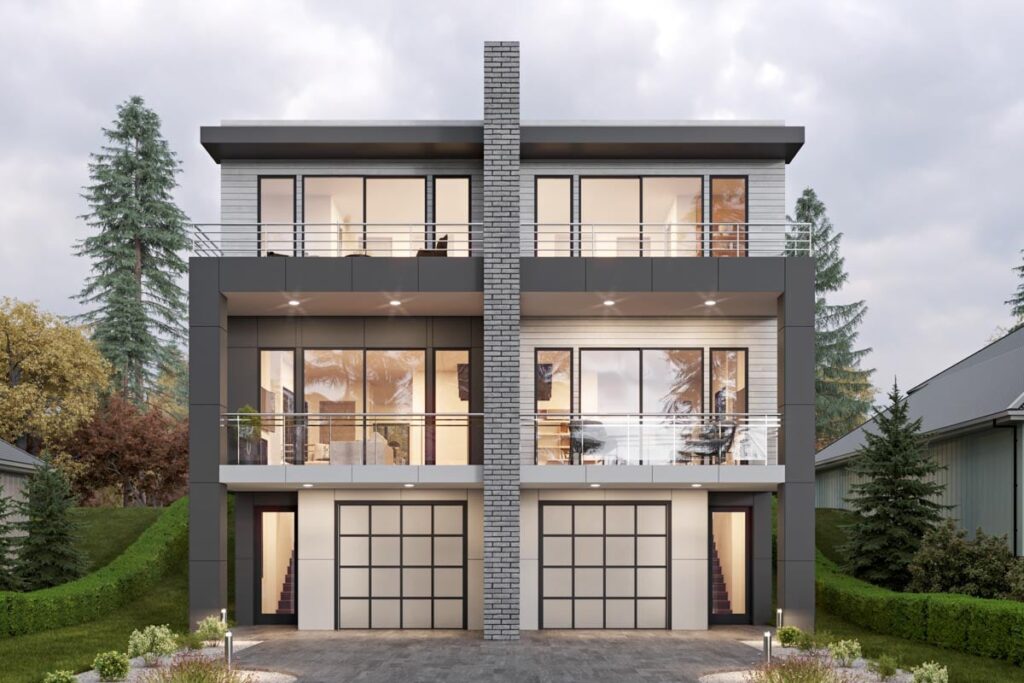
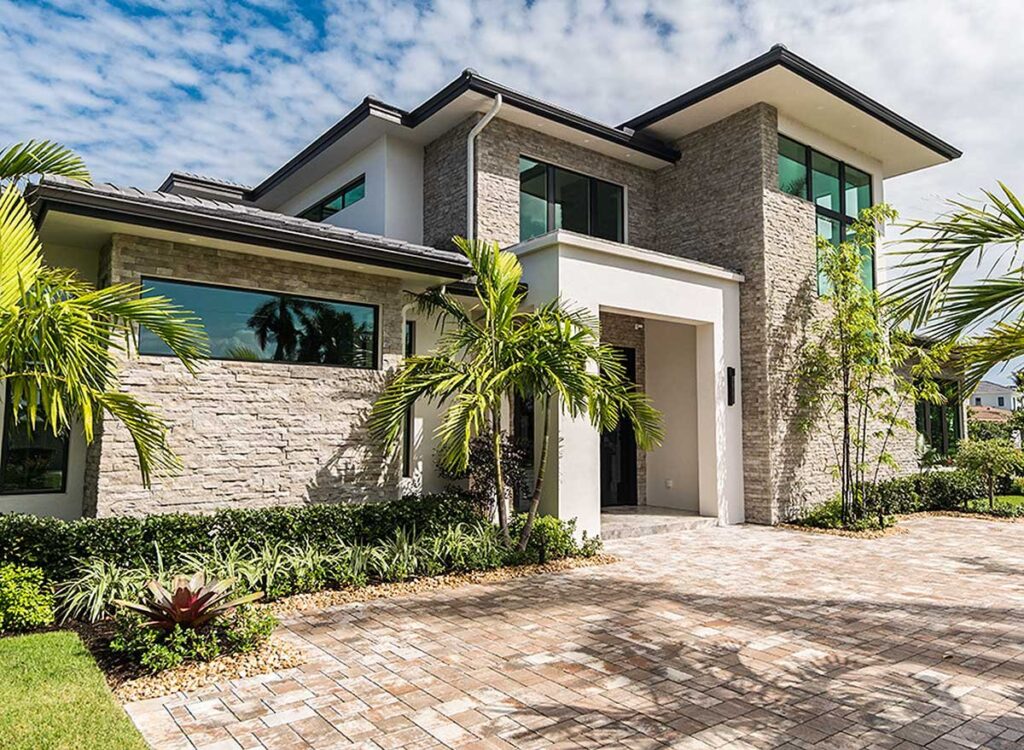
Post-Construction Services
- Conduct a thorough walkthrough with the client to address any final adjustments.
- Provide warranties and a detailed guide on home systems and maintenance.
- Offer ongoing support for repairs, upgrades, or renovations.

Risk and Crisis Management
- Anticipate and mitigate risks, such as weather delays, labor shortages, or supply chain issues.
- Resolve disputes between contractors or address unexpected design challenges.
- Adapt quickly to client changes without compromising the timeline or quality.

